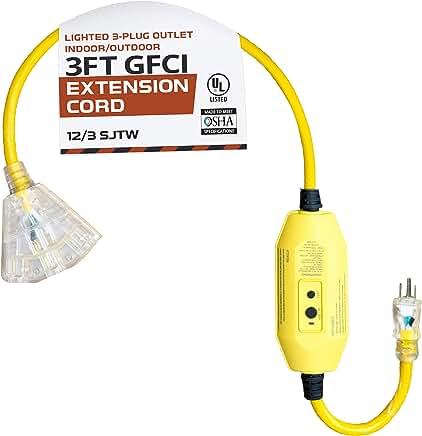many already do, and make that universal mains voltage input for international sales.
I have killed a lot of brain cells thinking about this over the decades. While working at Peavey we lost one guitar player to electrocution when a mis-wired (RPBG) outlet energized the chassis of his guitar amp. His amp was plugged into the rouge RPBG outlet, while his buddy's amp was plugged into the properly grounded outlet of the electric stove. While trading guitars with his friend he managed to hold both guitars one in each hand, imposing full mains voltage through his core, killing him.
I already shared one example where the safety ground became a local liability, there are others. Many musicians get stung by the ground path coming through the microphone fed from a console plugged into another branch circuit, when energized by a leaky old guitar amp. I am glad to say that modern gear is much safer than it was, but be careful when messing with old legacy gear.
good luck getting UL to abandon chassis safety grounds. 2-wire SKU require double insulation for all mains conductors.
Guitarists are special.

A couple more thoughts on that.
As I already shared we (Peavey) lost at least one guitarist to a rouge mis-wired outlet with a properly grounded, UL approved, guitar amp plugged in (UL sat with us in court and defended our design). In engineering there are always multiple ways to remedy any issue (raise the bridge or lower the water). One strategy that I have supported for years/decades is capacitor coupling the exposed metal parts on guitars to the jack ground, that is usually earth bonded through the guitar amp input jack. Such a coupling capacitor can be sized large enough to suppress hum noise, while small enough to limit current from mains voltage exposure to tolerable amounts. GFCI outlet trip at 6mA because currents less than that not considered a human safety risk.
I strongly advocate for use of GFCI outlets**** wherever guitar amps get plugged in... It wouldn't hurt for FOH consoles to use them too.
now for TMI- Years ago I developed a "muso saver" a bit of kit that musicians could carry with them for personal safety. I abandoned this SKU also for a couple reasons. In my judgement I would never get musicians to invest in safety gear, and secondly I would never get UL to approve my Gordian solution to break the EGC or safety ground path, when significant ground path leakage was detected. I used a standard GFCI outlet and a 3 pole relay to interrupt Line, neutral, and safety ground. This would NOT remedy the energized hazard, but would open up the safety ground path that could lead to death.
Another experiment I did was to hack into a GFCI outlet strip (like image below), and incorporate my cap coupled safety ground inside the strip. This would never pass UL because the safety ground path would not take out any fuse/breakers. If the stray current was coming from the device plugged into this GFCI that would trip removing the mains voltage, if the shock hazard was coming from some external source (like a FOH console) the cap coupled ground would protect the human by holding current to sub lethal levels. I sent a modified unit to respected guitar amp designer I used to work with and he confirmed that it was adequately quiet in use.
Be safe out there... FWIW I'm cheap but I have GFCI outlets installed all around my old 2 wire house.
JR
**** we can buy low cost GFCI protected outlet strips














